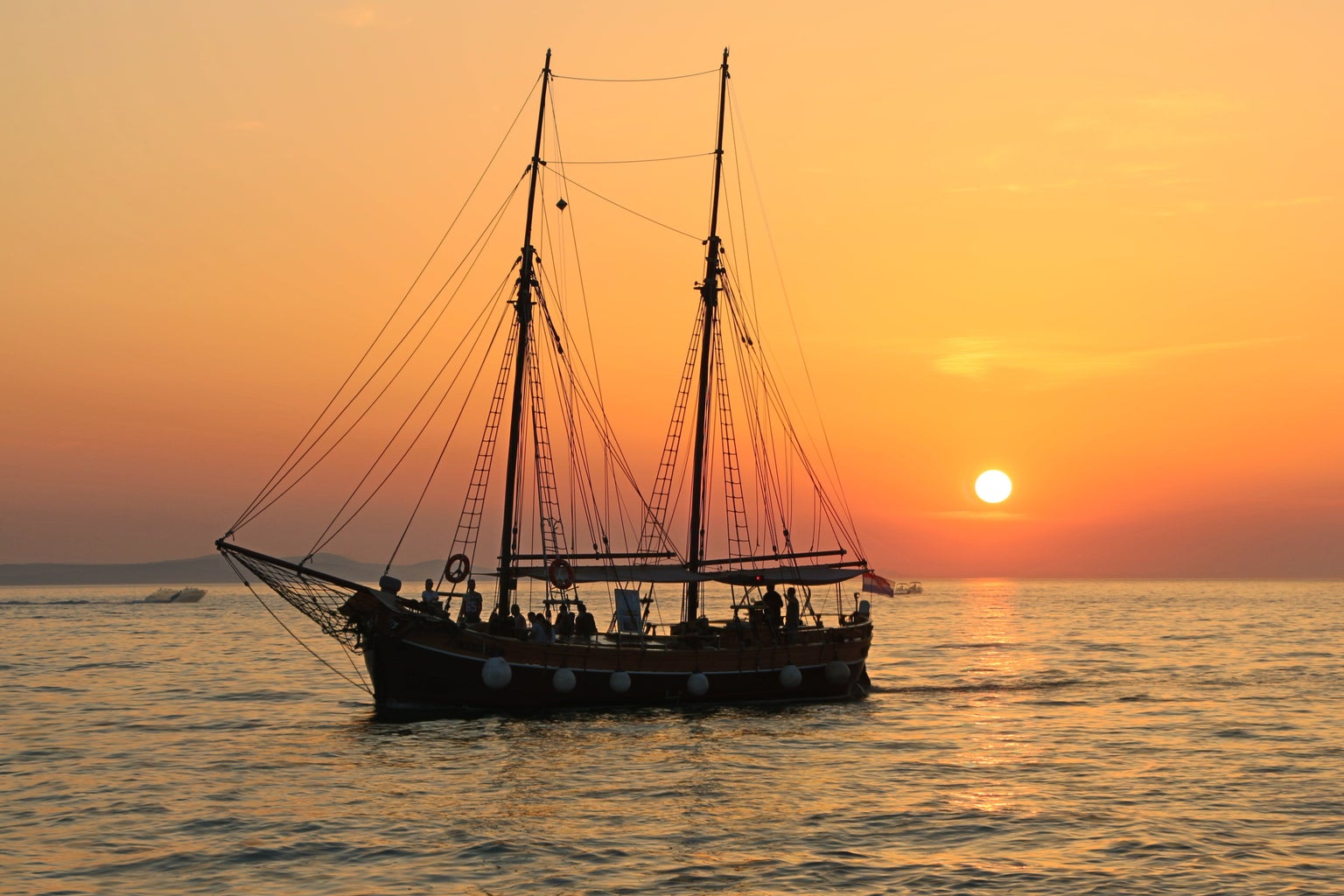As a Filipino American, I never knew that there was a month solely devoted to understanding the historical significance of the first Filipinos who came to this country. Looking back, I don’t think that I ever found myself learning about Philippine history in elementary, middle, and high school. Instead, my school curriculum consisted of learning about white men and different people of color from places that landed anywhere but the Philippines.
Don’t get me wrong, I found it fascinating to read and learn about the cultural significance of other people of color, let alone the waves they made when they were faced with oppression in America. However, I longed to learn more about my own culture and not resort to perking up every time the Philippines was briefly mentioned on a single page in every history textbook I had to read. The moment I learned that October was the dedicated month to highlight Filipino American history, I made it my own mission to take the time to learn as much as I could and share my findings.
The earliest recorded arrival of Filipinos dated back to October 18, 1587. A Manila galleon ship, or Spanish trading ship, had embarked on a journey to Acapulco, but briefly stopped on the shore of what is now known as Morro Bay, California. The first recorded Filipino settlement was established in 1763, and was located in New Orleans, Louisiana as a result of Filipino slaves jumping from ships and swimming to the closest land. Over time, this settlement led to Filipino Americans pioneering the dried shrimp industry, which rapidly expanded over time.

While this achievement, among others, shed light on what Filipino Americans could share with those around them, discrimination remained prevalent. Filipino Americans were simultaneously treated poorly for being Asian, or “not being Asian enough.” As a result, Filipino Americans often served at the forefront of Asian American movements that strived for equal treatment, whether it be anti-Asian hate or corporate policies that negatively impacted people of color. One of the many examples comes from Filipino American labor leader Larry Itliong, and his contribution to the change of labor unions and the treatment of agricultural workers. Upon hearing about the mistreatment of Filipino workers at a grape farm in Delano, California, Itliong requested Cesar Chavez’s assistance in organizing a strike to form a union. This strike was later known as the Delano Grape Strike, which continued for five years and eventually resulted in better working conditions and pay. While this strike has shown historical significance to those who continue to work within agricultural companies, many people only credit Cesar Chavez. They fail to also recognize Larry Itliong as someone who first approached the problem and called to unionize people of color who experienced the same treatment. However, Itliong remains a prominent figure within Filipino American history, with founders of the Filipino American National History Society crediting his influence for developing and strengthening the bonds of the community organization.
Today, the Filipino American population continues to flourish, as it is known to be the second largest Asian population in the country and the second largest ethnic group in the state of California. The Filipino American National History Society attributes this year’s theme of celebration to the 50th anniversary of the First Young Filipino People’s Far West Convention, which celebrates youth activism and the efforts Filipino Americans have made to fight for social equality. Suffice to say, I am proud and humbled to be a Filipino American.
Here are some other resources if you are interested in learning more about Filipino American History month:




